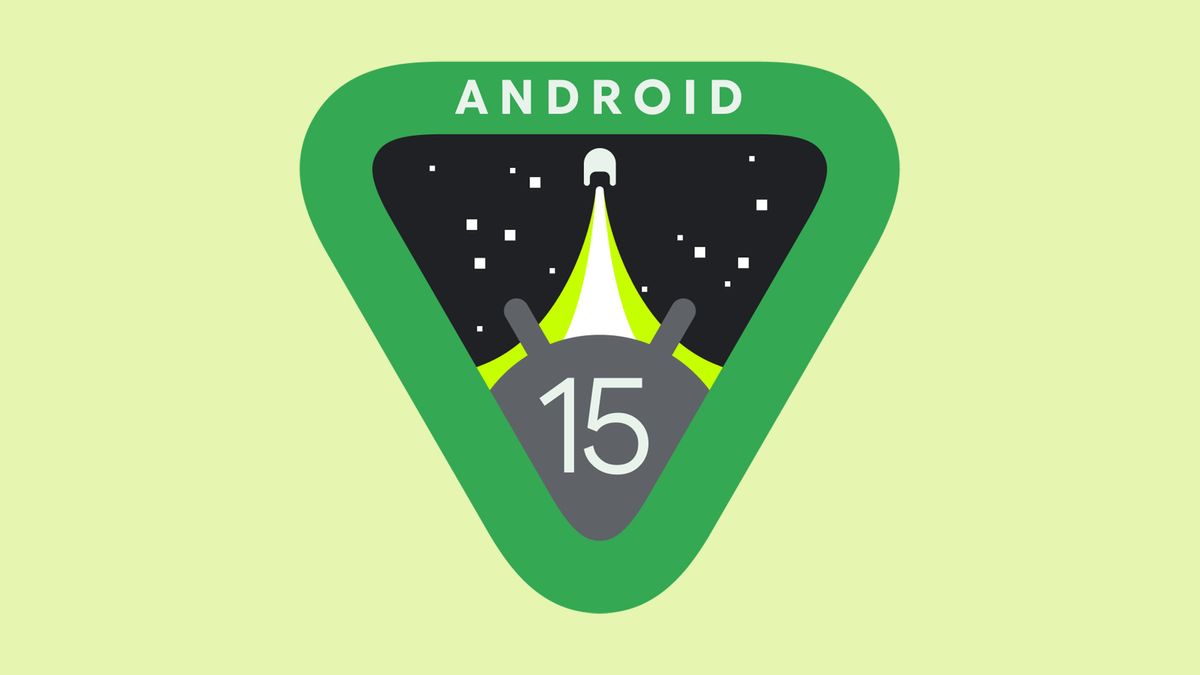NASA reveals its total asteroid haul from ambitious space mission
After months struggling to open NASA‘s asteroid sample canister, agency scientists finally know how much dust and rock its spacecraft brought back to Earth.
Despite earlier estimates that it scooped about a cup of material from Bennu, an ancient space rock the length of the Empire State Building, the total weight of the sample is 4.29 ounces — around half a cup. Still, that amounts to the largest asteroid sample ever collected in space and double the mission’s goal.
“An amazing sample from asteroid #Bennu!” the Japanese space agency JAXA said on X, formerly known as Twitter. “The JAXA & NASA teams are exchanging part of the Bennu and #Ryugu samples to enable the first comparative studies between asteroids in our Solar System!”
NASA’s $800 million OSIRIS-Rex mission, short for Origins, Spectral Interpretation, Resource Identification, and Security Regolith Explorer, launched a robotic spacecraft from Cape Canaveral, Florida, in 2016. The spacecraft completed its 4-billion-mile flight when it dropped the sample from 63,000 miles above Earth onto a patch of isolated Utah desert on Sept. 24, 2023.
OSIRIS-Rex is the first U.S. mission to retrieve a sample of an asteroid. Not since the Apollo moon rocks, collected between 1969 and 1972, has NASA brought back space souvenirs of this magnitude.
Mashable Light Speed
The spacecraft completed its 4-billion-mile flight when it dropped the sample from 63,000 miles above Earth onto a patch of isolated Utah desert on Sept. 24, 2023.
Credit: NASA / Keegan Barber
JAXA, on the other hand, has become the global leader in such missions, having retrieved samples twice already from asteroids Itokawa and Ryugu. But the U.S. mission appears to have been more successful in grabbing material than the Japanese Hayabusa missions.
JAXA’s first sample return mission visited asteroid Itokawa in 2005, but the spacecraft crashed onto the surface while attempting to collect a sample. The damaged spacecraft survived the ordeal and returned to Earth, but curators could only sweep up less than a milligram of particles that were clinging to the probe. A second asteroid mission to asteroid Ryugu returned to Earth with 5.4 grams — less than a quarter-ounce — in 2020.

Japan’s space agency, JAXA, shared some of its Ryugu sample with NASA.
Credit: NASA / Robert Markowitz
Bennu was selected for the NASA mission because it is chock-full of carbon, meaning it could contain the chemical origins of life. It also has a very remote chance of hitting Earth in the next century. Learning about the asteroid could be helpful in future efforts to deflect it, should that ever become necessary.
Scientists paused their efforts to open the sample container in mid-October after they realized two of the 35 screws were stuck. Immediately after encountering the problem, NASA started making new tools to use in the sterile glovebox. The tools worked, able to pry loose the lid of the canister.
Now the Bennu rubble will be portioned and distributed to scientists around the world. JAXA, for example, is expected to receive about 0.5 percent of the contents. NASA will keep at least 70 percent of it at Johnson Space Center in Houston for preservation.


